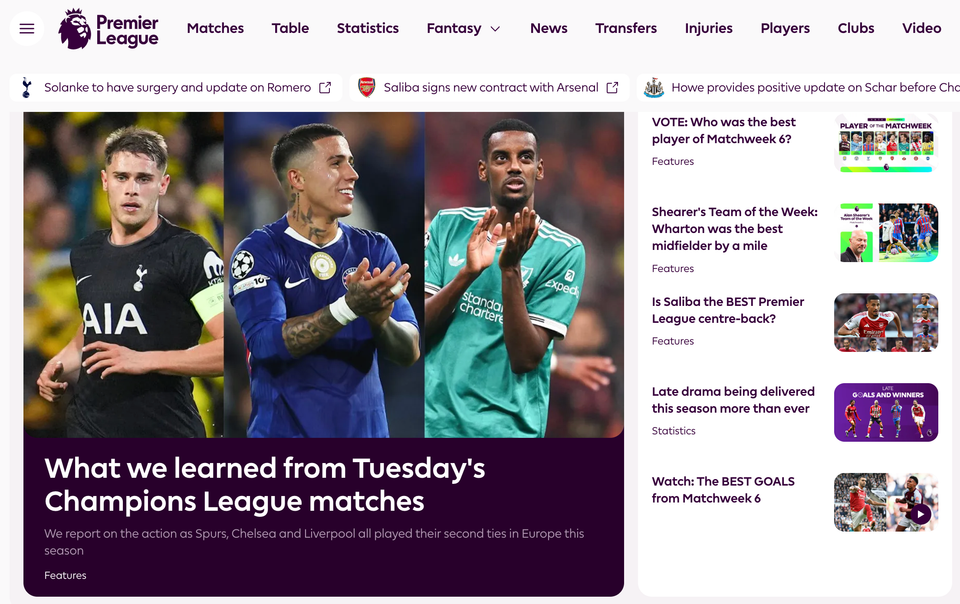Nokia Siemens Networks makes your iPhone battery last longer

Got an iPhone? Is it running on iOS 4.2?
Good.
Next question: Does your mobile operator run on Nokia Siemens Network equipment?
No? Oh.
Well, let’s just assume you said yes, right?
Well that’s very, very good news.
You see Nokia Siemens Networks (NSN) equipment supports many of the mobile operator’s network infrastructure. And — generally speaking — all NSN equipment is programmed to make your handset — especially your smartphone — fly.
Here’s the rather summarised science bit. (Apologies to the uber-geeks reading)
Today’s smartphones are forever having to connect to the mobile network all the time. Whether it’s to check email, update a widget or retrieve a web page. It’s an arse, frankly. There’s a lot of work that has to go into setting up a data connection between your handset and the network. The handshaking that occurs is known as ‘signalling’. If you press ‘send and receive’ on your handset, you’ll often notice a slight delay before anything happens. That’s because the handset has to establish a connection with the network. Then it does the data transmission. Then whilst you’re busy reading your email, the handset and the network has to decide what to do next. Typically speaking, the connection will remain idle for a few seconds then effectively disconnect. So when you hit send/receive *again*, the device and the network has to go through this whole process again. It’s very time consuming and it begins to seriously impact your handset’s battery performance. Unless, that is, you’ve got a hugely efficient set of network and device protocols working away in the background to reduce the crazy amount of start-stop-start-stop signalling having to take place on the network.
Phew. Mouthful.
What you really want from your network is ‘Network Controlled Fast Dormancy’ — essentially the network and the device work in harmony to avoid having to disconnect/reconnect your handset from the data network.
iOS 4.2 introduces support for this ‘fast dormancy’ protocol (so reports Leslie over at NSN).
Leslie explains the issue rather more eloquently here:
All this disconnecting and reconnecting takes time and can cause a frustratingly slow network response. On the other hand, leaving the smartphone in an active mode all the time drains the battery very quickly.
To overcome the problem Nokia Siemens Networks introduced a method that, instead of putting the handset into idle or keeping it always active, keeps the handset in an intermediate state. From here, a smartphone can wake up much more quickly and needs to send far fewer signals to and from the network to start a data connection. You get a fast network response and a longer battery life.
Right on.
Just what kind of a difference can Network Controlled Fast Dormancy have on your smartphone?
Over to Leslie again:
One Middle Eastern operator, for instance, found that smartphones on a Nokia Siemens Networks network had a battery life of 11 hours compared to six hours on a competing network. Meanwhile, testing in North America found that our smart networks generate up to 50 percent less smartphone signalling.
Absolutely shocking.
So if you’ve got an iPhone, strongly consider upgrading to 4.2 of the OS. And then find out if your network has upgraded to support Network Controlled Fast Dormancy. I’m doing some digging to find out the status of the UK networks.
Meanwhile, if you’d like to supply more information on Network Controlled Fast Dormancy (given that, from a super-geek perspective, it’s possible I’ve absolutely murdered the issue), please get in touch.



